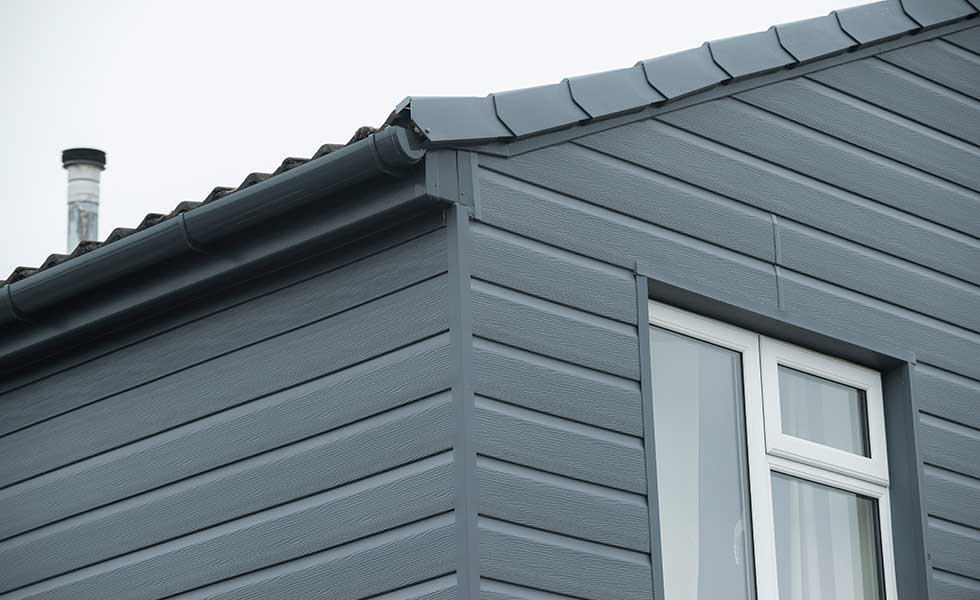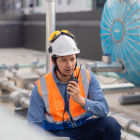When in the midst of a building project, it is vital to consider all aspects of the development process (find our readiness check lists here) to ensure the best outcome at the best price. A crucial contributing feature is the careful consideration and extensive planning of all materials used in the building of the final structure.
This is a vital step in the process of development and construction of a building of any purpose, as it determines the physical make-up of that building.
A very much current and pertinent example of the importance that should be placed on such consideration of building materials is that of building cladding. The potential and very real dangers of potential faults in this building material were clear during the 2017 fire of Grenfell Tower in West London.

What is Building Cladding?
Cladding is often referred to as the ‘skin’ of the building; it is the external layer of a structure applied typically around chimneys, doors, windows and roofs and it has various uses.
However, it is primarily used to stop wind and rain from entering and damaging buildings and would otherwise be the case for many unprotected properties in the winter, and to provide sound and heat insulation. Building cladding has also been used in recent years to improve the overall energy efficiency of buildings, also providing better EPC certificates for the more efficient properties.
Cladding is also often used to make the exterior of buildings look more attractive.
Types of Cladding
‘Cladding’ is not a specific material and doesn’t refer to one particular product. Rather, it may comprise multiple and different materials:
- Tile Cladding – Typically in the form of a tile or panel, this type of cladding is not only easy to maintain, but is also long lasting and energy efficient, used not only for aesthetic purposes but also as insulation for a building structure
- uPVC cladding – This cladding requires little to no maintenance, is cost-effective and provides an ideal protective layer against harsh weather, as well as offering aesthetically pleasing style and sufficient insulation
- Wood Cladding – This type of cladding helps to not only create aesthetically pleasing designs for buildings, but is also used to protect structural integrity and provide a good degree of heat insulation
- Stone Cladding – Used for both aesthetic and heat and sound insulation, this type of cladding material is durable, requiring little to no maintenance and is also very weather resistant
- Glass Cladding – Used primarily for its aesthetic purposes, providing buildings with a modern and stylish exterior
- Aluminium Cladding – A popular choice of cladding and also the type that was incorrectly applied to Grenfell Tower, this type of cladding includes Reynobond, Polyethylene, aluminium panels with a plastic filling and requires minimal maintenance. It is cost-effective and strongly weather resistant; immune to rust or corrosion from bad weather other materials can be prone to

What Went Wrong with Grenfell Tower’s Cladding?
The main issue with the cladding applied to Grenfell Tower was that even through it failed to meet safety standards for the building, there was a claimed lack of communication of this to the body that certifies UK building products and so the cladding used slipped through the regulatory net.
This meant that faulty cladding, tested and further branded as ‘not fit for use,’ was applied to the building.
The BBC claims that “Fire tests carried out as early as 2014 showed cladding used on Grenfell Tower failed to meet the safety standards originally claimed by its manufacturer” and further that the results from such fire tests showed that the Grenfell Tower cladding was not only switched to a cheaper version, but that this cheaper version, saving just shy of £300,000, was 14 times over the combustibility limit.
The direct result of the negligence to implement proper practices and procedures, along with effective communication was a tragic fire which got completely out of hand.
How to Prevent This Happening Again
Apart from the obvious essential clarity in communication and following of proper procedure, abiding by regulations, a working knowledge of what types of cladding to use for your building could also be a vital component to avoid a repeat of such disastrous incidents.
Therefore, if debating whether to use aluminium cladding panels, there are a few factors to consider:
- If there is a use of inappropriate [cladding] products, potential fires can get out of control at a rapid and dangerous rate
- Aluminium panels consist of two faces; the material’s core typically consists of a mineral-based material, polyethylene or both and the materials have differing resistances to fire
- The larger the quantity of a mineral-based panel, the greater the potential of it to withstand a fire
Other types of fire-resistant cladding materials include:
- Brick
- Asbestos (this may be present in older buildings but will not be newly installed)
- Fibre cement
- Steel
- Products of reconstituted timber
The post Building Cladding Explained appeared first on RJ Acoustics.



